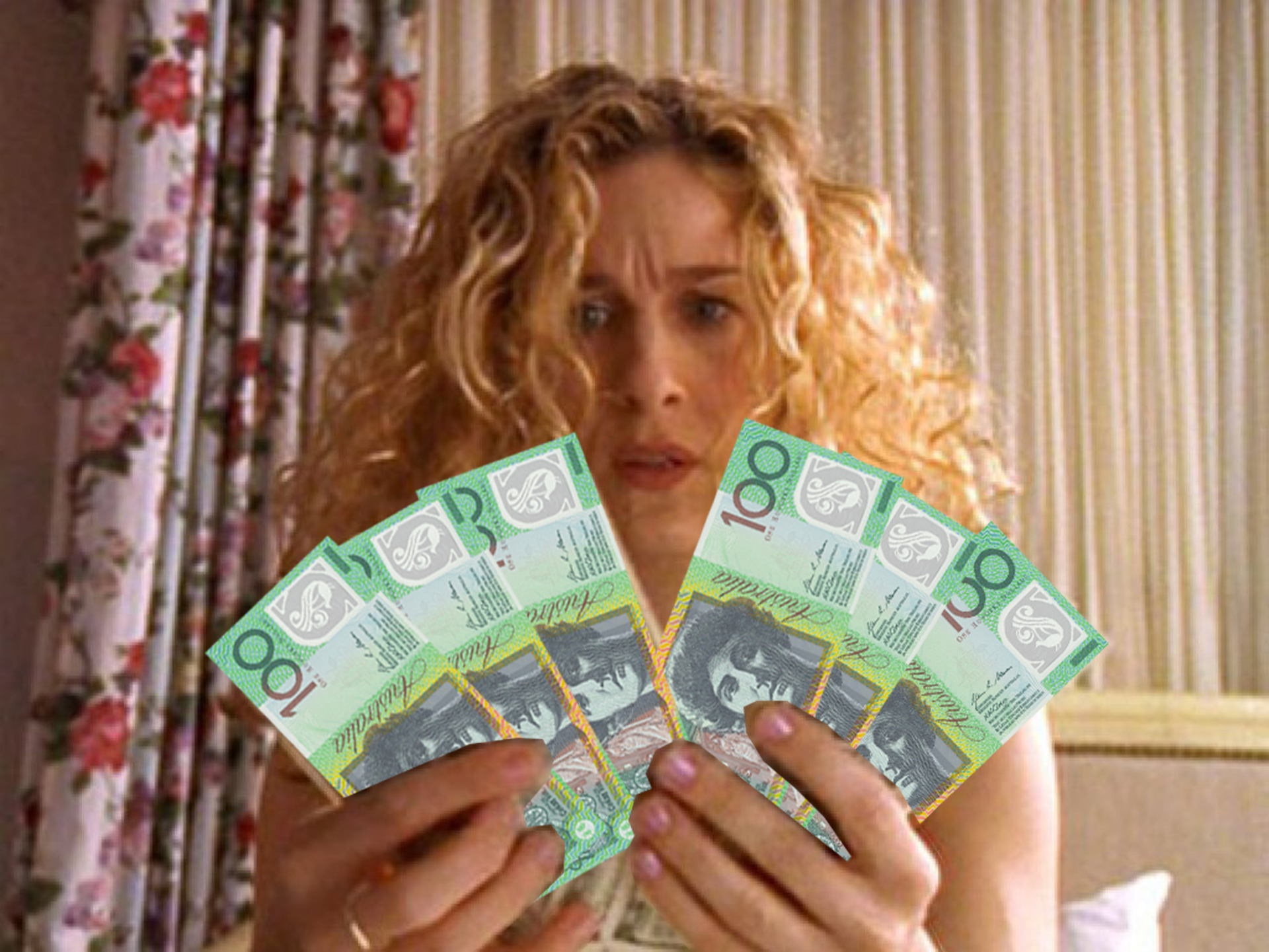Paying off the mortgage, school fees, or saving for that next holiday – there are likely a thousand and one things you’d rather be thinking about and financially working towards than superannuation, which is why it so often it gets put on the back-burner of life. It’s difficult making something you’ll need in 20, 30 or even 40 years’ time a priority – but you should, because the earlier you start adding to your nest egg, the bigger that nest egg will be when it’s time to crack it open.
The beauty of superannuation is that by making extra contributions you can also save on income tax – so you’ll be making money from investing in your super fund and saving money at the same time – it’s a win-win! So how do you make super contributions? There are two ways you can voluntarily top up your superannuation fund; either by making concessional super contributions or non-concessional super contributions.

What are concessional super contributions?
Concessional contributions are those made before your income tax is taken out. There are two main types of concessional contributions: compulsory contributions paid by your employer – this is known as the superannuation guarantee and refers to the minimum amount which must be made on your behalf – and salary sacrifice contributions, which are those you choose to make yourself.
Salary sacrifice involves forgoing some of your salary to make extra contributions to your super account, instead of receiving it as part of your take-home pay. This can have big tax advantages as the standard 15 per cent tax on super contributions may be less than the tax rate applied to your take-home pay. Plus, if you earn a gross wage (that being your income before tax) of less than $37,000 a year, you will also also receive a special contribution from the government equivalent to 15 per cent of you concessional contributions, capped at $500 a year. It’s literally free money, a gift from the government for doing the right thing and growing your super.
Other type of concessional contributions include:
~ Administration fees and insurance premiums paid by your employer (find out more here);
~ Contributions allowed as an income tax deduction, such as contributions made by the self-employed (find out more here);
~ Notional taxed contributions if you are a member of a defined benefit fund (find out more here);
~ Amounts allocated from a fund reserve (find out more here).
How are concessional super contributions taxed?
Be prepared to pay 15 per cent if your income and concessional super contributions in 2017 are less than $250,000, and 30 per cent if they are more than $250,000.
Is there a limit to how much money I can contribute to super in this way?
Concessional super contributions are capped at $25,000 in 2017-18 and later years. However from July 1, 2018, you will be able to carry forward any unused concessional contributions caps on a rolling five-year basis.
What are non-concessional super contributions?
Non-concessional super contributions are those made after your income is taxed, in other words your take-home pay. So if you find yourself with a little spare money that you’d like to add to your retirement savings, you can contact your fund to find out how you can deposit it into your super account. Some funds let you deposit the money straight from your bank account.
Other types of non-concessional super contributions include:
~ Contributions your spouse makes to your super fund (find out more here);
~ Personal contributions not claimed as an income tax deduction (find out more here);
~ Contributions in excess of your concessional contributions cap which have not been withdrawn from the super fund (find out more here);
~ Contributions in excess of your capital gains tax cap amount (find out more here);
~ Most transfers from foreign super funds (find out more here).
How much tax will I pay on non-concessional super contributions?
The good news is, since you have already been taxed at your marginal rate (your income tax rate as set out by the ATO) there is no additional tax to pay.
Is there a limit on non-concessional super contributions?
From July 1, 2017, the amount is capped at $100,000 each financial year or $300,000 over a three-year period. You can only use the bring-forward provision in 2017-18 if your total super balance at June 30, 2017, was less than $1.5 million.
It pays to check, so if you’ve made any large after-tax contributions, ask the tax office to calculate your contributions.

.jpg)
